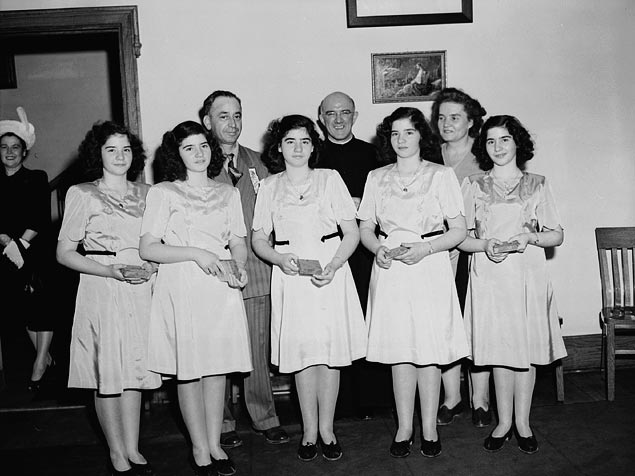Twin brothers work on King Neptune at the annual sand sculpture contest at Revere Beach. Photo credit courtesy of boston_camera from flikr.com.
Last week I mentioned a future post will discuss nature/nurture and intelligence. Much of the evidence used in this type of discussions is based on studies of twins. I thought it would be worthwhile to first discuss the nature of twins.
Normally, a woman releases one mature egg ready to be fertilized by a sperm each monthly cycle. Normally the egg’s outer layers only allow one sperm to combine with the egg. The sperm and the egg each carry 23 chromosomes of DNA, so most human cells have 46 chromosomes, and for most genes the contribution from the two parents is equal.
In preparing to release one mature egg, a woman actually starts to prepare a handful of pre-eggs (technical name: primary oocytes). Sometimes, by accident, two of these may be allowed to mature to the stage where they are ready for a sperm. If two eggs are matured and released at once, and if both are fertilized by their own sperm, fraternal, or non-identical twins are formed. This may also occur if both ovaries mature one egg during the same cycle. Normally the two ovaries alternate months, cycle by cycle.
[pullshow id=h1]Note that each member of a fraternal twin pair was formed from a separate egg and sperm combination, just like siblings are normally formed from separate egg and sperm combinations. So [pullthis id=h1]genetically, fraternal twins are no different than other sibling pairs.[/pullthis] They may or may not be of the same gender, and they will share an average of 50% of their genes in common, just like any other pair of siblings. They are only different from other sibling pairs in that they were both in utero (in the uterus or womb) at the same time.
[pullshow id=h2]Identical twins are formed very differently. The formation of identical twins begins with a single egg fertilized by a single sperm, making a single embryo. At this point, the process is no different than the normal development of a single, non-twin child. But sometime during the first days of this single embryo’s development, it splits in two. It is not known why or precisely how this happens. If this happens early enough, then each separate piece of embryo can develop on its own into a complete, normal human. Thus identical twins are born. [pullthis id=h2]As they literally were once a single embryo, identical twins are truly 100% genetically identical.[/pullthis]
Interestingly this is also related to the origin of one type of conjoined twins (the preferred term for “Siamese twins”). Conjoined twins can be formed if this splitting process occurs incompletely. The divided part of them embryo develops as if it were forming identical twins, while the undivided part develops as if it were forming a single individual.
[pullshow id=h3]The basic logic of using twins in nature/nurture studies goes like this: Identical twins are 100% genetically identical, and are born at the same time and (usually) raised in the same family. Fraternal twins are on average 50% genetically identical, and are born at the same time and (usually) raised in the same family. [pullthis id=h3]If identical twins pairs are alike in a trait, say intelligence or being an alcoholic, more often than fraternal twin pairs, it suggests genetics plays some role in that trait.[/pullthis] If identical twin pairs are alike at the same rate as fraternal twins, then genetics likely plays no role in that trait.
Also there are cases of identical twins separated at birth, e.g. by adoption. They can be compared to non-related pairs of people of the same age, or better to fraternal twins separated at birth. Again, if the identical twin pairs are more like than the comparison pairs, this suggests a role of genetics in the trait.
As the human embryo retains the ability to form any and all cell types through its first several divisions, it is possible to have identical triplets, or more, although these are much rarer than identical twins. There is even a case of surviving identical quintuplets, the Dionne sisters born in 1935 and shown in this 1947 photo (photo credit: wikipedia commons):
On a personal note, my father and my uncle are identical twins. Fortunately, there are just the two of them, though.




